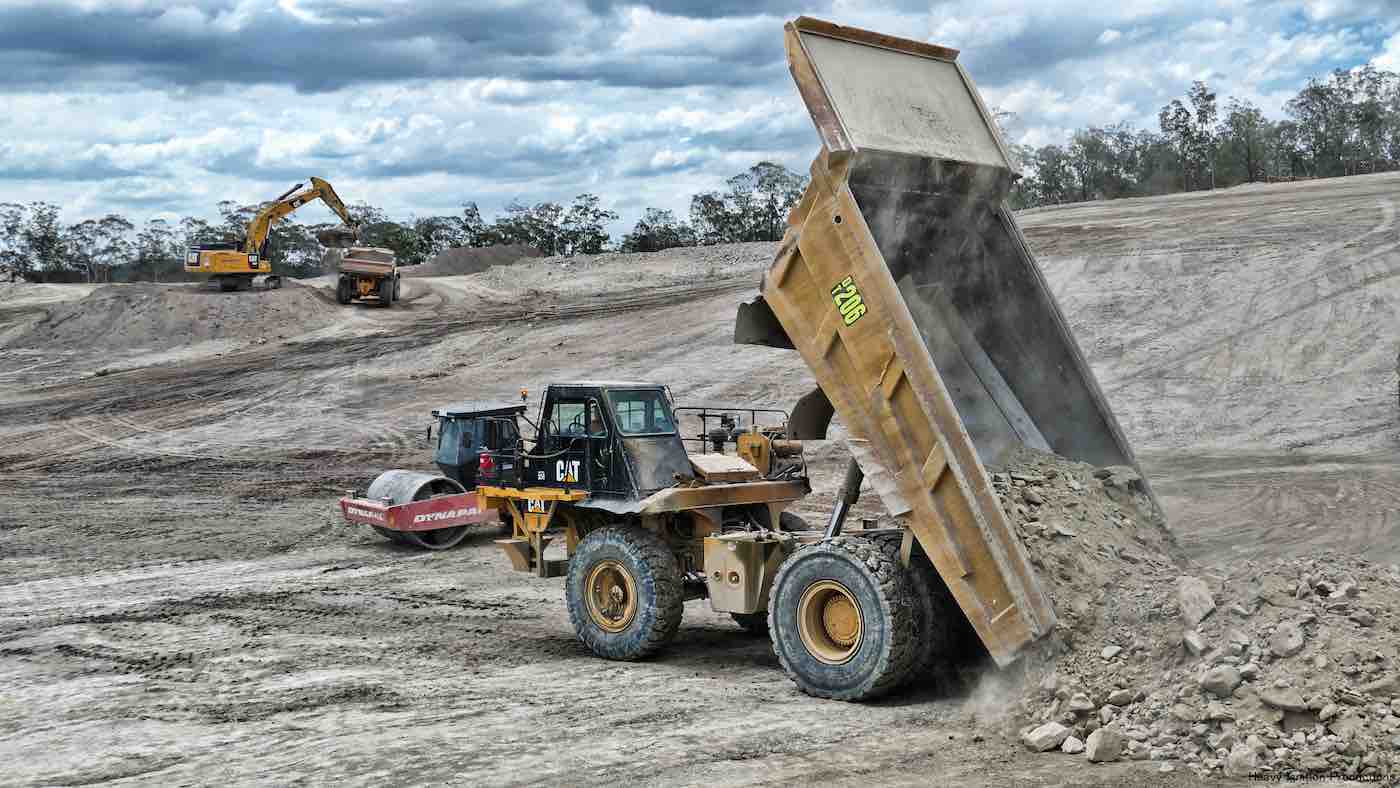Global Road Technology helps you develop your demolition dust control plan. Depending on your demolition dust suppression equipment it is important to provide effective coverage of demolition dust. The demolition operations contribute to windblown dust problems which can remain in the air for days or even weeks.
The article is dedicated to understanding demolition dust control from our customer’s challenges to how Global Road Technology can provide established demolition dust control solutions that are customized to specific client needs. GRT provides an overview of the problem, steps to finding the solution and an example of successful demolition dust control.
Demolition dust control challenges
Construction sites can give rise to dust and debris that can get mixed with the air and give rise to respiratory health problems and can also cause damage to surrounding properties. The problem is that the demolition process will always create dust. Whenever there is demolition the first thing that comes to mind is of buildings collapsing, dust and dirt, air pollution and possible exposure to harmful particles that are liberated in the demolition process. Fine particles can be carried from demolition sites in light winds and may have adverse effects on the local environment. There are several factors which contribute to dust control challenges:
- Strict compliance to the rules and regulations .
- State of the art equipment to carry out successful demolition job.
- Safety measures for the property and professionals involved.
- Environmental safety due to irreplaceable damage to the environment.
- The need to minimize the dust impact through dust control.
Types of dust in demolition sites
There are different types of dust liberated during demolition. There is no safe amount of dust exposure for the workers or communities within the vicinity of demolition activities. Dust control measures during demolition depend on different dust types. These dust types include:
- Asbestos dust which causes asbestosis, lung cancer and mesothelioma.
- Crystalline silica dust which causes silicosis.
- Wood dust which causes cancer.
- Dust with aluminium which causes aluminosis.
- Dust of hard metals which causes hard metal pneumoconiosis
GRT dust control applications
- Demolition and recovery.
- Mining.
- Civil construction.
- Agriculture.
- Renewable energy.
- Oil & gas.
- Military.
- Sports and recreation.
- Quarrying.
Dealing with dust at its source is what we do and our expert engineers work with you to achieve dust control for all the above applications.
Are environmental regulations, health and safety concerns or potential profit loss a concern right now?
GRT dust control products
GRT dust control products for demolition are specifically formulated to deal with demolition dust at its source. The chemical interactions enable binding of fugitive dust particles. The list of products used for dust control during demolition includes:
Why choose GRT for demolition dust control?
Demolition liberates hazardous substances such as asbestos, silicates and heavy metals which can become airborne. Demolition dust control is only effective if it is targeted towards the different dust particles which differ in shape, form and chemical origin. Compared to conventional processes, GRT’s dust control solutions offer a set of distinct advantages and lucrative benefits, including easy application and long life protection across extreme demolition environments. GRT offers the following for:
- Tough and flexible products applicable across diverse spectrum of demolition sites.
- We improve safety by eliminating dust at its source.
- Say goodbye to dust complaints from staff and surrounding landholders.
- Savings in water due to reduced water consumption when you use our products.
- Potential contaminants are locked down on site.
- Quantities can be tailored for applications from a few days to 12 months.
- Site engineer on call 24/7/365.
- Our products are safe for the environment.
Conclusion
Dust is created in all demolition activities. We are industry experts in dust control. We take time to visit your site many times and foster collaborative relationships with your personnel. Our objective is to satisfy your demolition dust control goals through proper planning and sound risk mitigation principles prior the demolition project. We take hazardous dust seriously and we always encourage you to be courteous to your neighbours before the demolition and let them know what’s about to happen and ask for their understanding. After all, neighbours and local regulations control the demolition schedule. Reach out to Daniel Grundy for your demolition dust control plan and let him help you choose the best GRT product suited to your demolition needs. Don’t let dust create a perfect breeding ground for arguments, allow GRT work with you on dust control plan for demolition while you have the peace of mind to focus on other things.
Your feedback is important to us. If you enjoyed reading this Global Road Technology industry update and found it informative, please let us know by leaving a REVIEW.
REFERENCES
Troy Adams
Troy Adams is the Managing Director of Global Road Technology (GRT) Specialising in Engineered Solutions for Dust Suppression, Erosion Control, Soil Stabilisation and Water Management. A pioneering, socially conscious Australian entrepreneur, Troy Adams is passionate about health and safety and providing innovative solutions that are cost-effective to the mining industry, governments and infrastructure sectors. Troy is also a tech investor, director of companies like Crossware, Boost, Hakkasan, Novikov and more.


